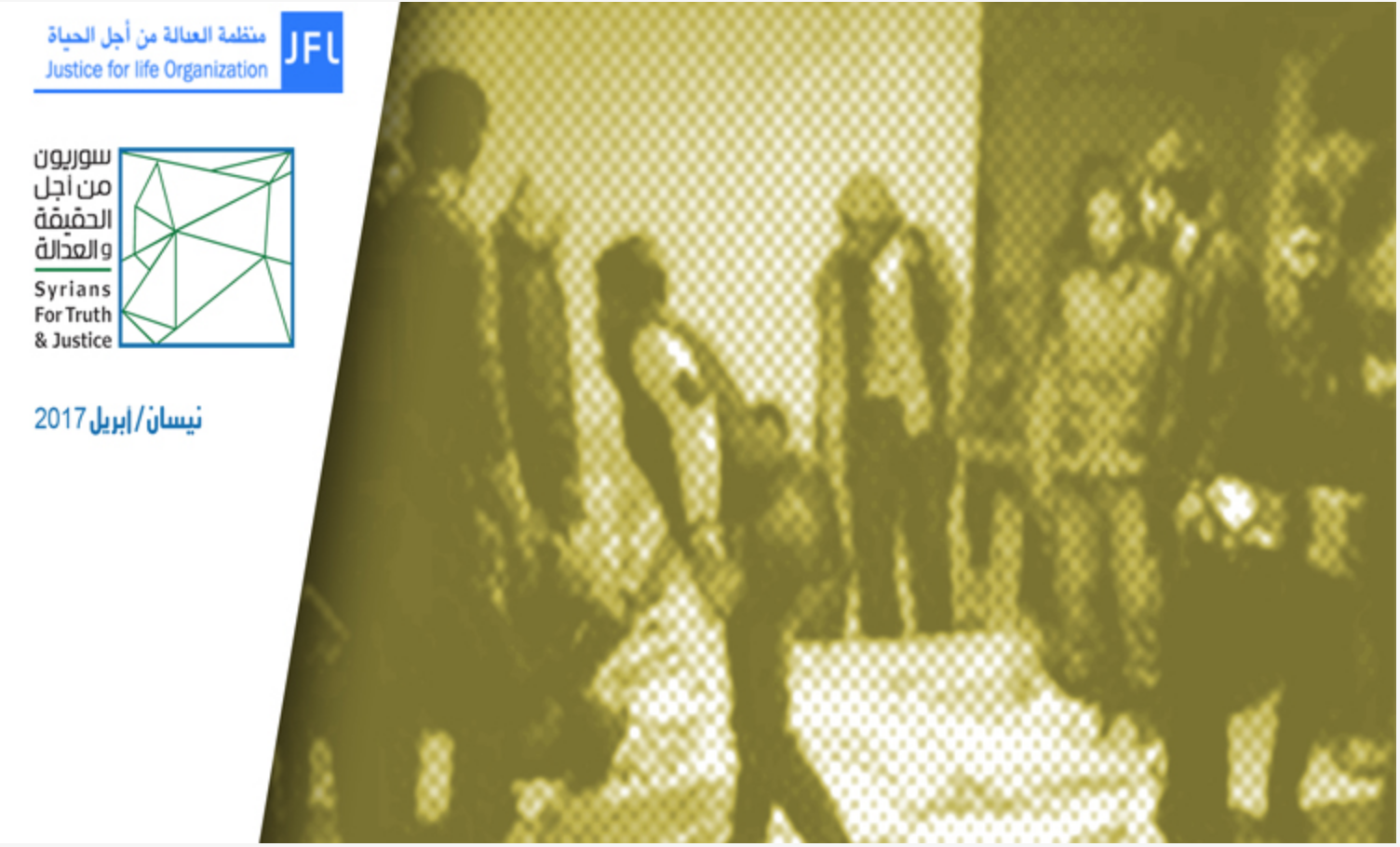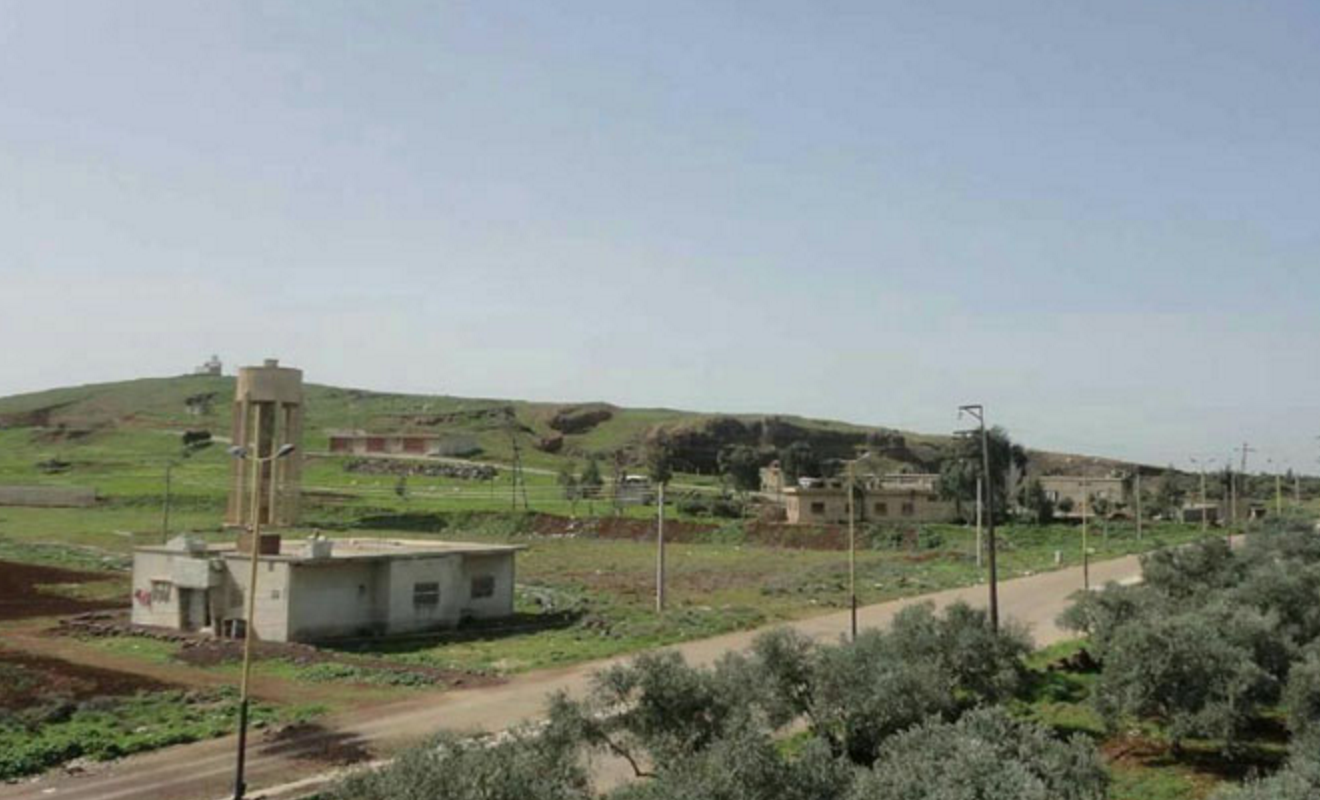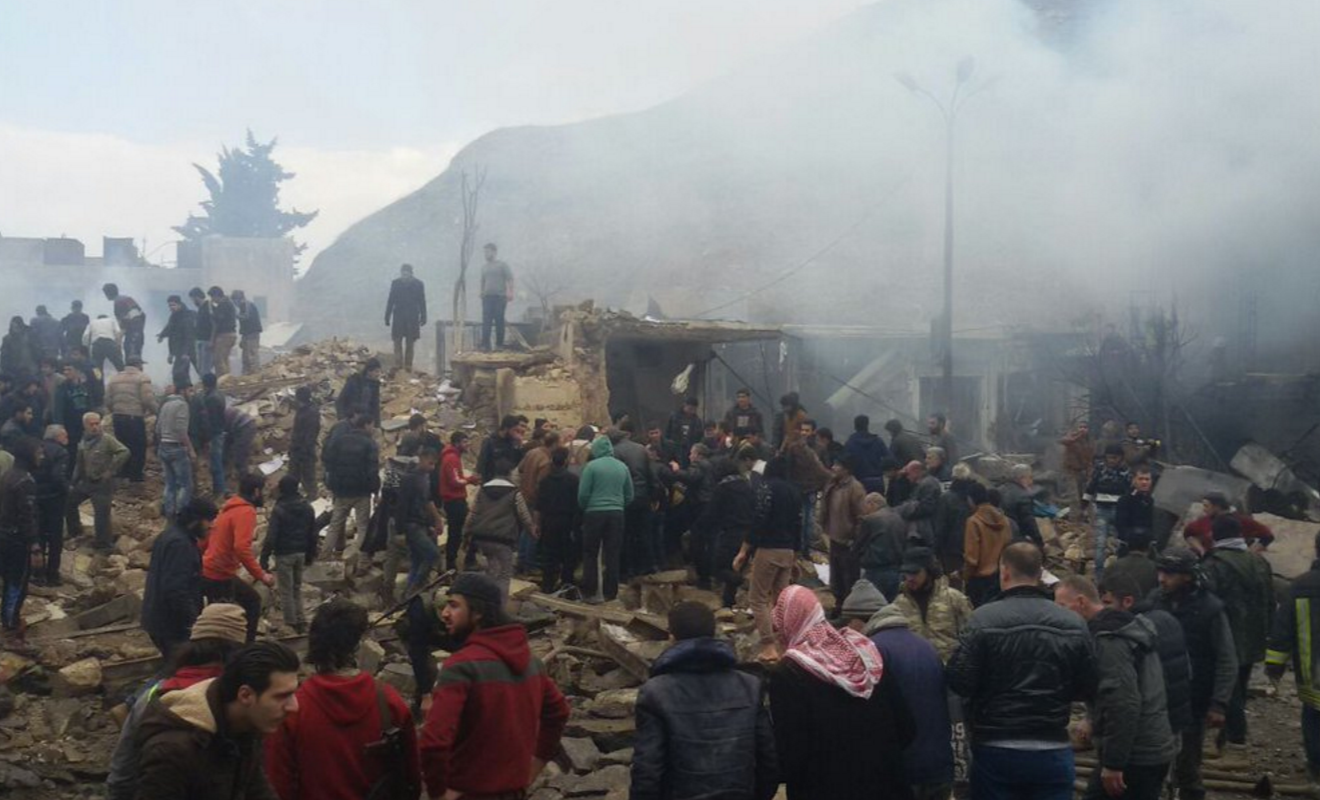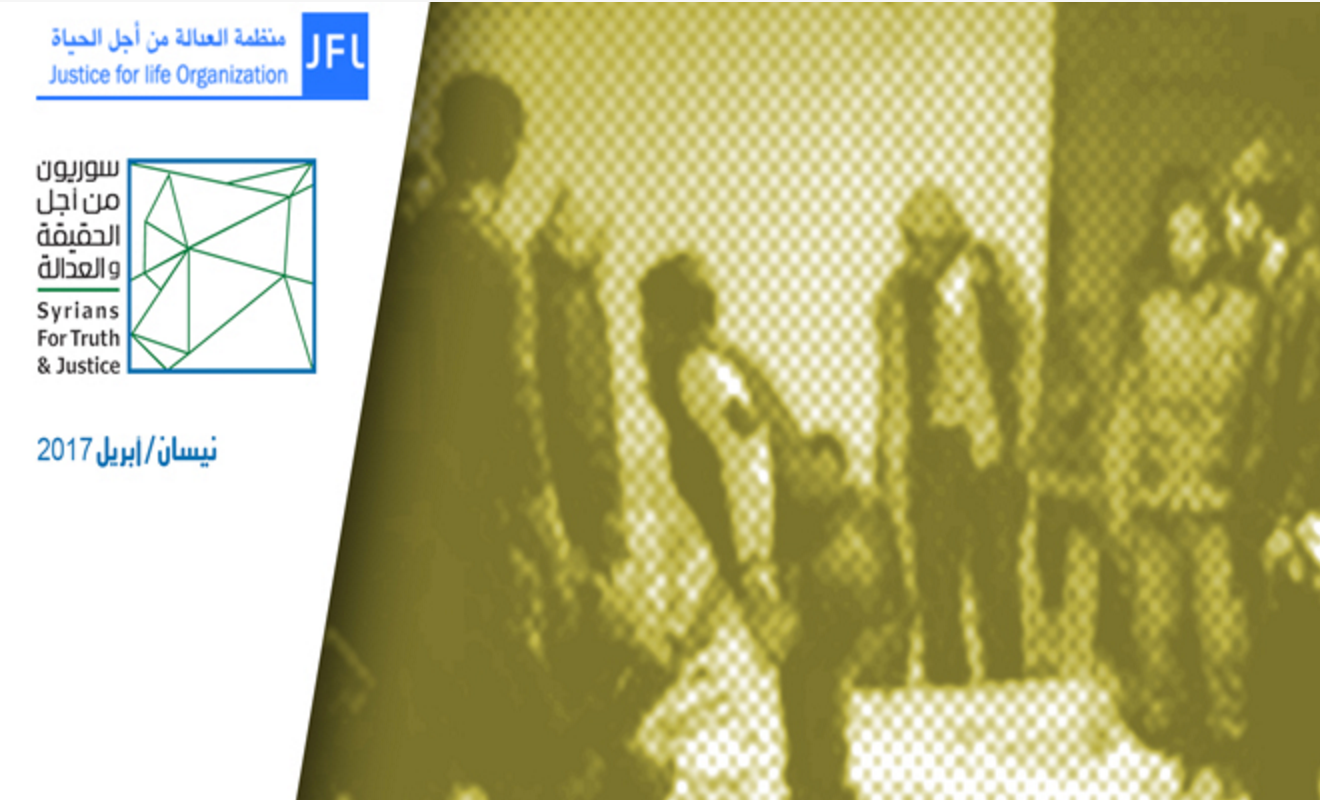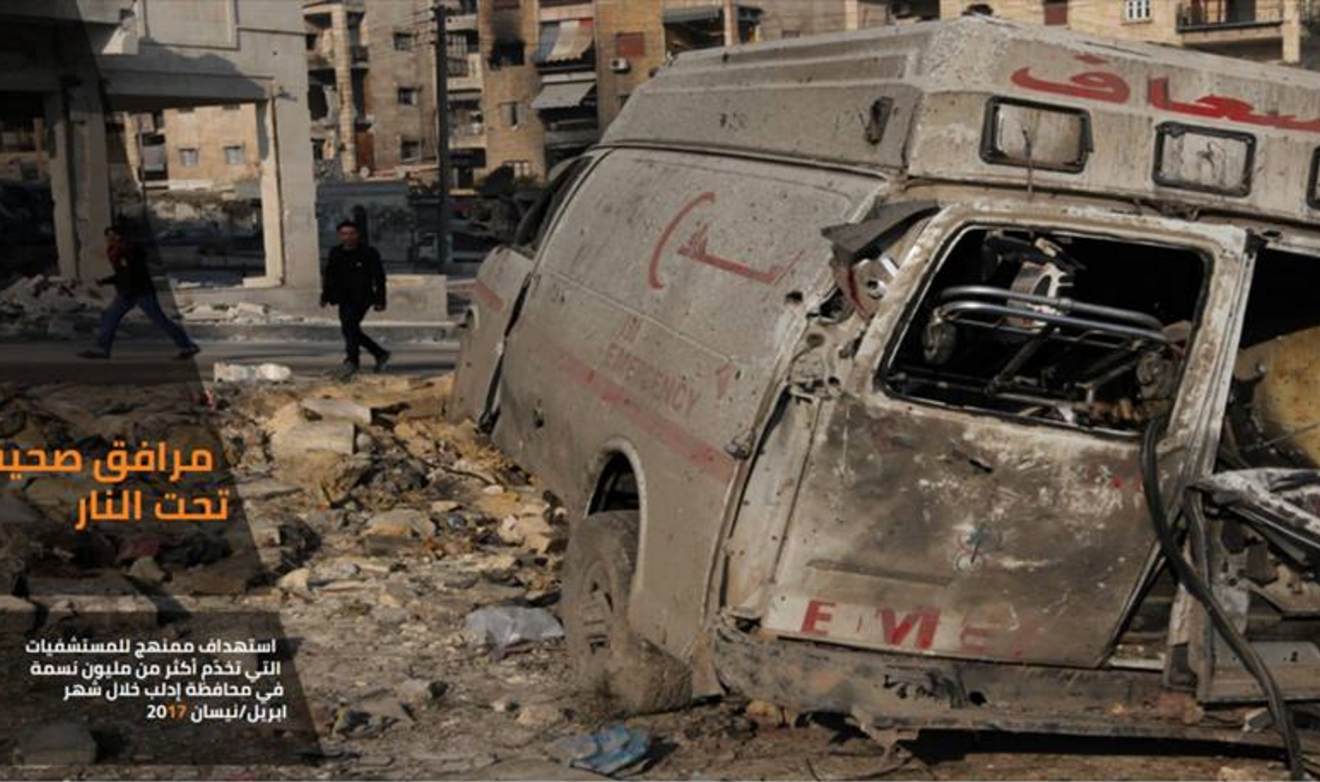Syrians for Truth and Justice
As a result of the current conflict, Syrian civil society has struggled both in Assad and counter-Assad held regions. Stores, banks, and government offices that typically offer important services have been closed (or destroyed). Networks of communication among Syrians have been damaged. This situation has led to the creation and public circulation of deliberate fake news as well as inaccurate rumors that increase sectarian divisions within communities already suffering from military attacks and terrorist strikes. Within this environment, there was a need to create a verified and trusted source for information that documented to the outside world what was occurring in Syria as well as provide information to local Syrian communities to mitigate against festering tensions.
Syrians for Truth and Justice (STJ) was created with the goal of sponsoring a public rhetoric that provided validated information about the conflict, as well as conducted workshops that can enable local communities to foster a new rhetoric designed to build a future civil society premised on tolerance and equity. The first stage of this work involved activating a network of human rights activists who would work with witnesses to record events as they occurred on the ground in Syria. To this end, STJ created an information network, initially premised on cell phone technology but later expanding to having individuals travel into Syrian war zones. (Here it should be noted that STJ has been unable to provide adequate protection for women activists; thus, the STJ documentation network in Syria is primarily conducted by men). This network works with local residents to report what has occurred in their area. The act of Syrian activists and local residents documenting the acts of violence against their communities provided a legitimacy for STJ's reporting that state-controlled or corporate-controlled media outlets could not possess.
“Truth,” however, was not simply the result of eye witness testimony. With the support of the Euro-Mediterranean Human Rights Fund, STJ developed a submission protocol for all stories that designated the degree to which the story could be trusted. This system has led to “vetted” stories which document, from the local residents’ perspective, instances where military forces from all warring factions have deliberately targeted civilians, violated cease fire agreements, and used internationally banned weapons, such as chemical agents. In the most recent chemical attack on Khan Sheikoun-Idlib, STJ was able to send reporters directly into the area to confirm that the attack was the result of weapons connected to the Syrian government, to collect video footage of the impact site, and to interview/videotape resident testimony of the human costs of the attack. This report was then co-published with the Justice for Life Organization and circulated on-line to media outlets, human rights organizations, and public officials. (For an informed discussion of the production of “data,” something central to STJ’s mission, see Patrick Danner, “Becoming Data.”)
Testimony
Based upon this work, STJ has received funding from international foundations to sponsor reconciliation workshops within Syria as well as refugee sites. These workshops will use STJ's data to create a venue in which local residents can begin to piece together how the current conflict has impacted their communities, not only in a material sense of damage and death, but how it has fractured elements of their civil society. Part of this work will be attempting to bring together those residents who supported different factions and militia within the conflict, perhaps even being involved in violent activities against the community. Since the goal is not to romanticize the past, these conversations will necessarily touch upon gender-based and religious-based discrimination occurring long before the conflict. There will then be an attempt to find a pathway forward based upon local values of tolerance and compassion which emerge from local histories of such actions. (For a discussion of how trauma needs to be systemically addressed within our scholarship and classrooms, see Michelle Day, “On Trauma and Safety.”)
Hani Zeitani: An Account of a Survivor
Hani Zeitani was a member of the Syrian Center for Media and Freedom of Expression (CMFE), where he produced studies of Syrian press coverage during legislative and presidential elections. As a result of these studies, he was detained and interrogated by Syrian security officials. In 2012, the Interrogation Department at the Military Airport of al-Mezzeh stormed the Center’s offices and took Zeitani and other CMFE employees into custody. His detention lasted three and a half years.
Jafal Nofal: An Account of a Survivor Told in Three Parts
Jafal Nofal is a licensed doctor and psychiatrist. He has been detained four times by the Syrian government, initially for his activities as a member of the Communist Labor Party. These detentions led Nofal to reject violence as a means of political change. During the current conflict, Nofal established the Doctors Coordinate of Damascus, which provides aid to peaceful protestors wounded by Assad’s forces. He also established the Syrian Youth Assembly, which chanted the original revolutionary slogans associated with the current unrest across several parts of the city, the period before it turned violent. These activities also resulted in multiple detentions.
Impact
Still, it is difficult to assess the success (or ability) of STJ to support an alternative future. It is still relatively new. It is unclear whether its news stories, testimonies, and reports are gaining access and traction with mainstream/popular networks of information—the evidence in local communities is more evident. Still this much is known:
- Over 900 individuals have read each of STJ’s special reports.
- Over 27,000 unique views of STJ videos have occurred on its Facebook in July.
- Almost 15,000 individuals have actually joined its Facebook page, with over 100,000 individuals accessing the site in general.
- STJ has also cooperated with regional media agencies inside and outside of Syria, such as Alwan Radio and Orient Television to support and expand coverage of the conflict.
- International media organizations, such as Radio Netherlands Worldwide, as well as human rights based organizations, such as Justice for Life, have reached out to develop common projects.
- STJ has developed a partnership network that includes the Transitional Justice Coordination Group, the Syrian Center for Justice and Accountability, and the International Federation of Human Rights.
- STJ founders have been asked to appear on CNN international channels, to testify at the United Nations, the European Union, and state-based forums/committees.
Yet, despite this seeming success, in the time it has taken for me to draft this article, 657 more people, approximately 21 people a day, have been killed as a result of the military conflict. Clearly, this “truth,” these harsh facts, show the need for more work to be done.
Written by Steve Parks with Bassam Alahmad.

